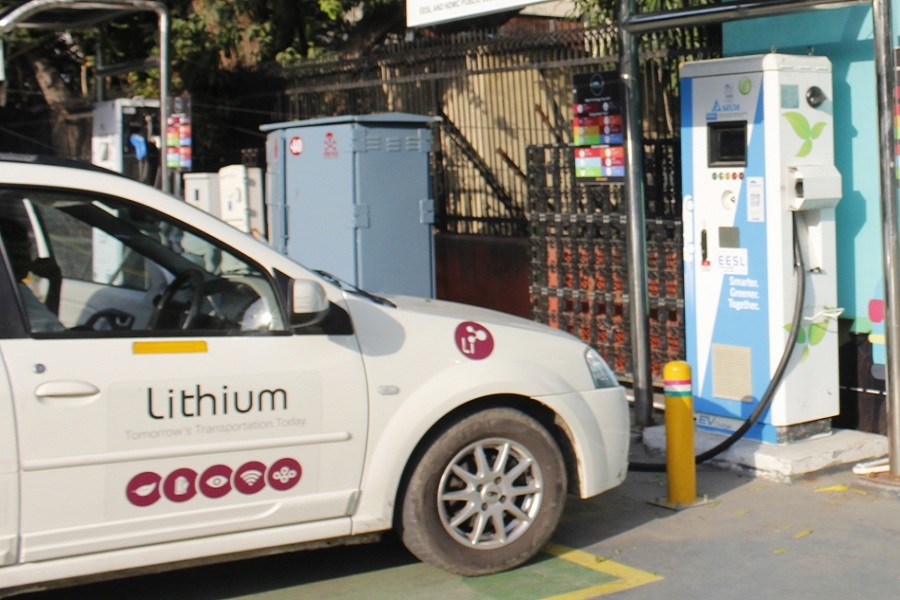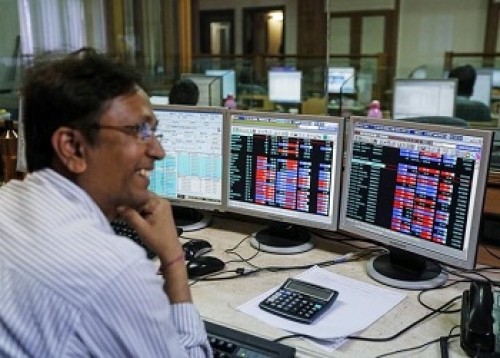Quote on Trump`s Tariff impact on India by Dr. Manoranjan Sharma, Chief Economist at Infomerics Ratings
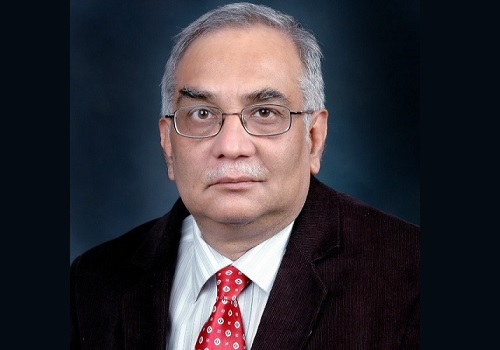
Below the Quote on Trump`s Tariff impact on India by Dr. Manoranjan Sharma, Chief Economist at Infomerics Ratings
President Donald Trump’s imposition of reciprocal tariffs, the like-for-like duties on other countries, and products from these countries starting April 2, 2025, has caused extensive concern and consternation.
With almost 30 % of total global spending and about $ 5 trillion stock of foreign direct investment (FDI) (the largest globally), the USA remains the pivot of the global economy.
India and the USA agreed to conclude the first tranche of a trade deal by the fall of this year and boost bilateral trade to $500 billion by 2030, up from $127 billion in 2023. With 18 % of India's total goods exports, 6.22 % in imports, and 10.73 % in bilateral trade, the US was India’s largest trading partner.
America’s trade surplus with India steadily rose from USD 17.26 billion in FY 20, USD 22.73 billion in FY 21, USD 32.85 billion in FY 22, USD 27.7 billion in FY 23 to USD 35.32 billion in FY 24.
All’s Not Lost- Silver Lining
* The Pharma sector, semiconductors, and critical minerals have been excluded from these tariffs.
* Higher reciprocal tariffs on China, Vietnam, Bangladesh, and Indonesia may give India a competitive edge.
* With expanded Production Linked Incentive (PLI) schemes covering a wider range of products, anticipated supply chain shifts could open new export opportunities, thereby enhancing domestic industries’ investment and global competitiveness.
* India’s agricultural exports (e.g., seafood and rice) to the US could rise because while India faces 26 %tariffs, China faces 34 %, creating an 8 % differential advantage for Indian exporters. Other competitors face even steeper barriers, with Vietnam at 46 %, Bangladesh at 37 %, Thailand at 36 %, and Indonesia at 32 %.
India’s Options
President Trump’s imposition of a 26% reciprocal tariff on India would hit India’s exports by 3 to 3.5 % and GDP growth in FY26 by 40-60 bps. At the sectoral level, nearly $14 billion worth of electronics products and over $9 billion worth of gems and jewellery would be dented. While the 26% tariff is inapplicable to auto parts and aluminium products, those will still attract the 25% tariff announced earlier.
* India’s response to this evolving issue must not be guided by unrealistic notions of “realpolitik” but must be gradual, measured, and calibrated to overcome the travails of transition.
* Secondly, likely bilateral pacts between India and the UK/ EU, and securing trade agreements with ASEAN and Gulf countries will help diversify and expand India’s export markets and provide a level playing field for competitors, who may have already entered FTAs with partner countries. Such pacts will enhance trade and investment by reducing tariff and non-tariff barriers, improving market access, and helping expand opportunities in technology, healthcare, and education. However, since the US is India’s largest trading partner and the largest export destination, these FTAs would not adequately offset the impact of stiffer tariffs by the USA. Such FTAs may, however, cushion the impact of higher tariffs by the US to a limited extent and, therefore, are welcome both politically and economically.
* Finally, domestic firms and industries must retool their inputs, outputs, and finished products to slash costs and achieve operational efficiency and an uninterrupted supply chain for growth, structural transformation, and resilience. This assumes greater importance because India’s share of manufacturing in its GDP remains unacceptably low at 13 %.
In sum, this is both a challenge and an opportunity. Recrafting industrial strategy and higher scope and level of well-intentioned strategic macro initiatives like Make in India, local for global, productivity-linked incentives (PLIs), diversifying the export basket, and value addition could lead to steady export and GDP growth. However, this necessitates coordinated and concerted action by all stakeholders with a sense of urgency. Failure is not an option.
Above views are of the author and not of the website kindly read disclaimer


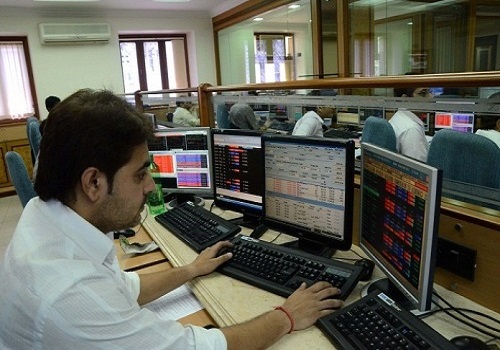


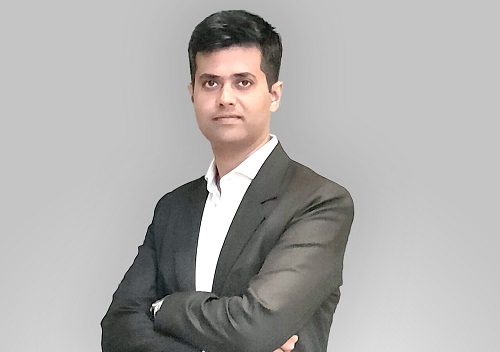



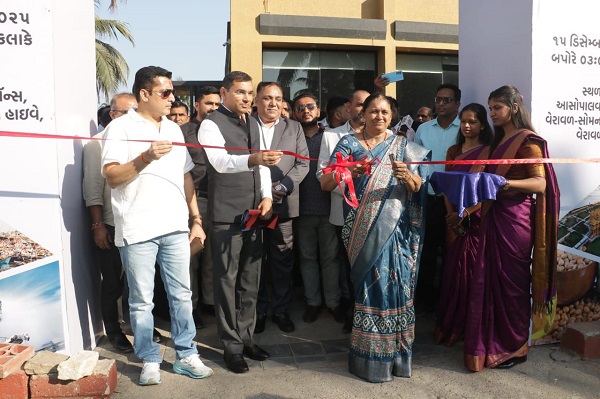
Tag News

Quote on Equity & Debt Outlook 2026 by By Mr. Prateek Nigudkar, Senior Fund Manager, Shriram...









